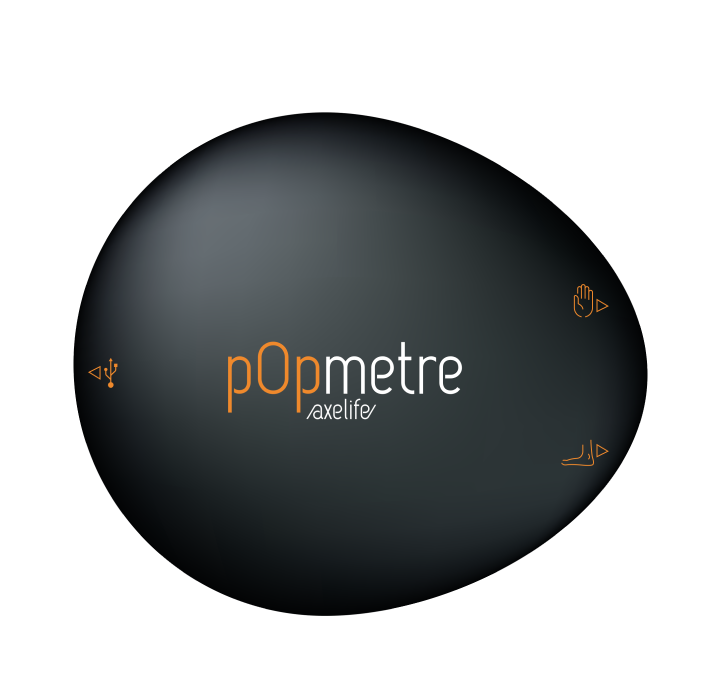Microbiota and cardiovascular health ?
What if someone would tell you that your cardiovascular health is linked to your microbiota? Interesting no? But wait, what is exactly the microbiota and how does this interact the cardiovascular system?
Oral and gut microbiota
Oral microbiota refers to the microorganisms that inhabit the mouth and oral cavity. This community of microbes includes bacteria, viruses, fungi, and other organisms. They are involved in processes such as breaking down food particles, preventing harmful bacteria from flourishing, and maintaining oral health.
Gut microbiota, on the other hand, refers to the community of microorganisms that live in the digestive tracts of humans and other animals. These microorganisms, which include bacteria, viruses, fungi, and other microbes, play a crucial role in various aspects of digestion, nutrient absorption, immune function, and overall health.
Both gut and oral microbiota are essential for the proper functioning of the digestive system and overall well-being. Disruptions to the balance of these microbial communities can lead to various health issues.
Early vascular aging
Early vascular aging (EVA) refers to a condition characterized by accelerated changes in the structure and function of blood vessels, typically occurring earlier than expected based on chronological age. This phenomenon involves alterations in arterial stiffness, endothelial dysfunction, and vascular remodeling, leading to an increased risk of cardiovascular diseases such as hypertension, atherosclerosis, and stroke. EVA is influenced by various factors, including genetics, lifestyle choices (such as diet and physical activity), chronic inflammation, oxidative stress, and environmental exposures. Identifying and understanding the mechanisms underlying early vascular aging are crucial for implementing preventative strategies and interventions aimed at reducing the burden of cardiovascular diseases and promoting healthy aging.
What is the link between early vascular aging and the microbiota?
Research exploring the intricate interplay between gut and oral microbiota and EVA is gaining momentum. The gut microbiota, with its diverse array of microbial species, has been implicated in influencing systemic inflammation, oxidative stress, and metabolic dysregulation, all of which contribute to the progression of EVA. Dysbiosis in the gut, characterized by an imbalance in microbial composition and function, has been associated with increased arterial stiffness, endothelial dysfunction, and atherosclerosis, key hallmarks of EVA. Moreover, the gut microbiota produces bioactive metabolites, such as short-chain fatty acids, which can directly impact vascular health and function. Similarly, the oral microbiota, comprising a multitude of bacterial species, has been linked to systemic inflammation and endothelial dysfunction, further exacerbating vascular aging processes. Understanding the complex interactions between gut and oral microbiota and their role in EVA could offer novel insights into preventive and therapeutic strategies for mitigating cardiovascular risks associated with aging.
Improving your gut and oral microbiota can positively impact your overall health and well-being. Here are some strategies to promote a healthy microbiota in both your gut and oral cavity:
- Dietary Changes: Consuming a diverse range of fiber-rich foods, such as fruits, vegetables, legumes, and whole grains, can promote a healthy gut microbiota by providing nourishment for beneficial bacteria. Fermented foods like yogurt, kefir, sauerkraut, and kimchi contain probiotics, which can also support gut health. Additionally, limiting processed foods and added sugars can help maintain a healthy microbial balance.
- Probiotics and Prebiotics: Probiotics are live microorganisms that confer health benefits when consumed in adequate amounts. They can be found in supplements or naturally in certain foods like yogurt, kefir, and kombucha. Prebiotics are non-digestible fibers that serve as food for beneficial gut bacteria. Foods rich in prebiotics include garlic, onions, leeks, asparagus, and bananas.
- Hydration and Oral Hygiene: Drinking plenty of water helps maintain saliva production, which plays a crucial role in rinsing away food particles and bacteria in the mouth. Good oral hygiene practices, such as brushing teeth at least twice a day, flossing daily, and using mouthwash, can help prevent the overgrowth of harmful bacteria and promote a healthy oral microbiota.
- Limiting Antibiotic Use: While antibiotics are necessary for treating bacterial infections, overuse or misuse can disrupt the balance of both gut and oral microbiota. Whenever possible, follow your healthcare provider's instructions regarding antibiotic use and consider probiotic supplementation during and after antibiotic treatment to help restore microbial balance.
- Stress Management and Adequate Sleep: Chronic stress and inadequate sleep can negatively impact gut health by altering gut microbiota composition and function. Practicing stress-reduction techniques such as meditation, deep breathing exercises, and engaging in enjoyable activities can help promote a healthy gut microbiota. Similarly, prioritizing sufficient sleep supports overall health and microbial balance.
- Regular Exercise: Physical activity has been shown to positively influence gut microbiota diversity and composition. Aim for regular exercise as part of your routine to support a healthy gut and oral microbiota.
By incorporating these lifestyle changes and habits into your daily routine, you can support the health and diversity of your gut and oral microbiota, leading to improved overall health and well-being.
To read more about it : Microbiota, Diet, Oral Health, and Vascular Aging - ScienceDirect
